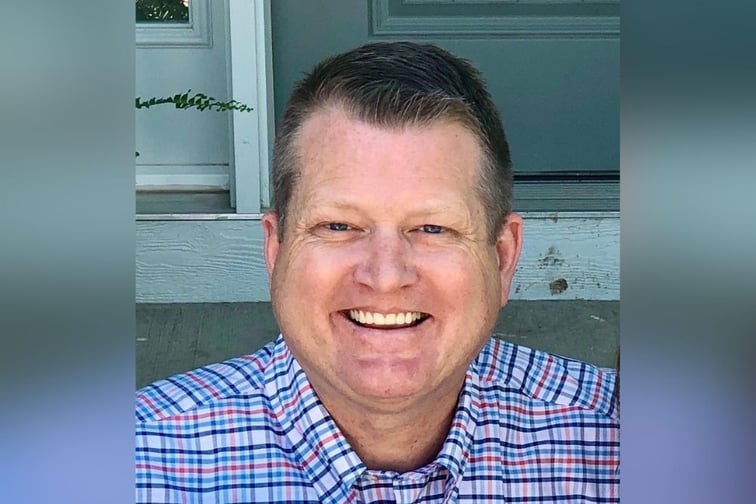

This article was produced in partnership with ALTA Risk.
History was made on November 02, 2021, when the United States Congress passed the Bipartisan Infrastructure Deal (Infrastructure Investment and Jobs Act), a once-in-a-generation $1 trillion investment into the country’s critical infrastructure.
The landmark deal promises a huge surge in new construction, remediation, and ablation projects over the next eight years. Priority projects include: the rebuilding of America’s roads, bridges, and rails with a focus on climate change mitigation, resilience, equity, and safety for all users; the delivery of clean drinking water to all American families; and ensuring that all Americans have access to reliable high-speed internet.
The Bipartisan Infrastructure Deal is heavily focused on infrastructure improvements that have a significant environmental impact, such as eliminating lead service pipes from the water infrastructure, upgrading airports, ports and waterways, cleaning up legacy pollution sites, and upgrading the power infrastructure to deliver clean, reliable energy across the country.
Not only will these major infrastructure investments trigger potentially unrivalled demand for environmental insurance, but they will also require excess liability coverage in order to support the massive influx of contractors needed to perform these jobs. These opportunities land right in the wheelhouse of ALTA Risk, a managing general underwriter (MGU) that distributes environmental liability and excess liability programs through a diversified and select group of specialty wholesale brokers in all 50 states.
“The beauty of this Bipartisan Infrastructure Deal is we already have the products to take advantage of it, so we’re ready to go,” said Steve Albers (pictured top) senior vice president, excess liability, ALTA Risk. “From an environmental standpoint, bills like this infrastructure deal lead to more regulation, which leads to more enforcement, which drives the environmental market. We’re positioned to take advantage of that.”
Albers proceeded to list a few environmental insurance-specific opportunities that will likely arise from the bill. For example, the delivery of clean water to all American families and the elimination of lead service lines will create contractors’ pollution liability (CPL) exposures for insurers to mitigate and transfer. Upgrading the nation’s airports and ports will require coverage for asbestos remediation, lead remediation, groundwater remediation, and the consulting associated with those tasks. The bill also allocates $1 billion to cleaning up the Great Lakes – another project that presents pollution liability challenges for insurers to solve.

Zachary Hicks
The environmental insurance market in the US is well-capitalized and fully capable to deal with this expected surge of business over the next few years, according to Zachary Hicks (pictured, immediately above), senior vice president, environmental programs, ALTA Risk But there will also be challenges for environmental insurers. A lot of the remediation projects connected to the bill will include historically tricky exposures, like mold or asbestos.
“It’s definitely easier to get mold, asbestos, and lead coverage than it has been in the past,” said Hicks. “The bill will eliminate the lead service pipes, which have been an issue in several communities in America – most recently in Flint, Michigan. Also, in a lot of these older airports and infrastructure facilities, we still see asbestos and lead-based paint, and there are a lot of contractors that will go in and remediate those issues. So, there is an opportunity there. Environmental insurance is there for abatement contractors, that is something that we write, and it is something that I think is going to become a significant part of this bill.”
The projected timeframe for the Bipartisan Infrastructure Deal is to have all the work completed by 2030. The work will require a huge number of contractors at a time when the labor market in the US is extremely tight and skilled laborers are in high demand. The people risks associated with the infrastructure bill will require excess liability insurance. ALTA Risk has a broad appetite in its excess liability program and works with artisan contractors nationwide across many specialized industries.
“On the excess liability side, we write the contractors that are going to be rebuilding everything,” Albers commented. “The bill goes into great detail about ensuring access to reliable high-speed internet for all Americans. Well, that's in our wheelhouse. We write the line contractors, we write the cell tower erection contractors, we write the grading and excavation contractors. And as far as the repairing and rebuilding of roads, we write everything from the consultant to the grading and excavation contractors, to the people laying the asphalt.
“While we’re a generalist in terms of the business we write [in our excess liability program], we do provide specialized coverage terms and policy forms. We’ve got the appropriate terms on the excess liability side to really define coverage for these infrastructure projects. A contractor working on roads, for example, wouldn't expect to have a residential construction exposure. And so, we've got the appropriate terms, not only to provide the coverage that the contractor needs, but also to protect our carrier partner, because we're only paying for expected losses.”
Both Albers and Hicks acknowledged that “there’s a lot of noise” surrounding the Bipartisan Infrastructure Deal and the potential opportunities it may bring. For brokers navigating this space, Albers stressed how important it is to work with experts, like the team at ALTA Risk, who understand the exposures and can provide end-products that are fit for purpose.
Bethan Moorcraft of Insurance Business sat down with Steve Albers, SVP, Excess Liability, and Zachary Hicks, SVP, Environmental at ALTA Risk, to discuss the insurance opportunities tied to the Bipartisan Infrastructure Deal.
